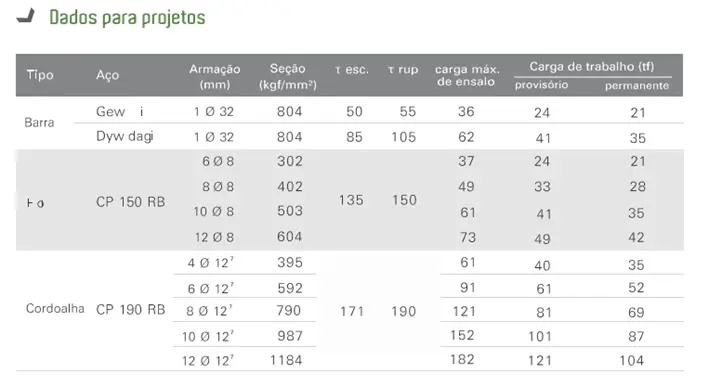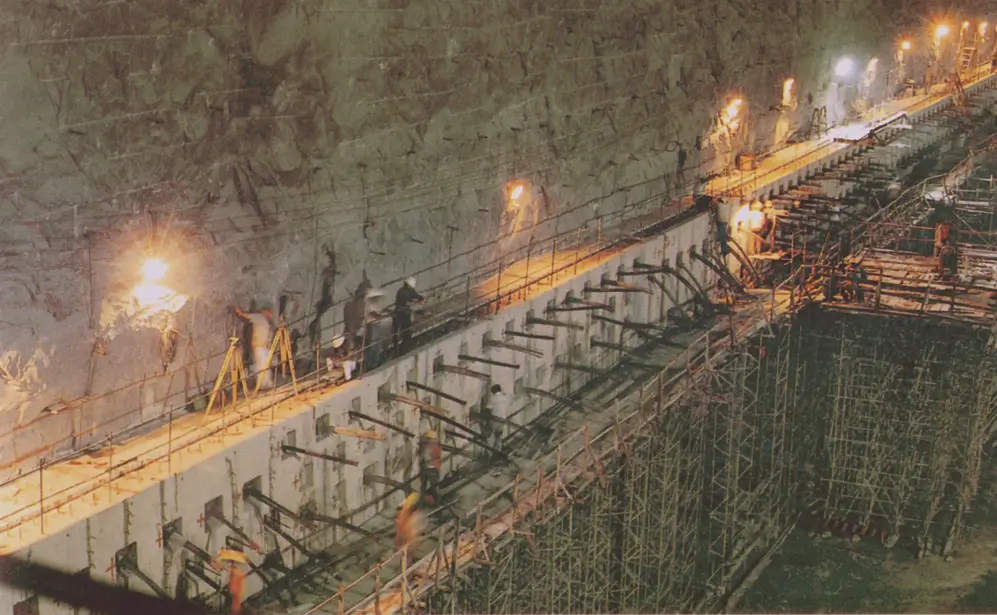Tiebacks, also known as soil anchors or ground anchors, are structural elements used in civil engineering to reinforce and stabilize structures and soils. They are designed to withstand tensile forces and transfer loads to deeper and more stable soil layers.
Tiebacks can be either temporary or permanent, with temporary tiebacks intended for use for less than two years. Special care should be taken for permanent tiebacks, including protection with anti-corrosion coatings, grease, plastic tubing around each individual component, plastic tubing around the assembly of fractured components, and filling the void between the two tubes with cement grout.
Tiebacks can be made of strands or solid bars and are used for anchoring deep excavations, anchoring slabs, and slope stabilization.
There are different types of tiebacks, with the most common ones being:
Passive tiebacks: These are tiebacks that rely on the bond between the steel rod and the surrounding soil to provide resistance. They are installed in drilled holes in the soil and secured with an anchoring grout, which hardens and provides the necessary bond.
Active tiebacks: These are tiebacks that use a tensioning anchoring system to generate resistance. The steel rod is attached to an anchoring structure, usually a plate or a concrete block, and is tensioned using tensioning devices. The tension in the tieback generates frictional forces between the rod and the soil, ensuring stability.
Tiebacks offer several advantages, such as high tensile strength, ease of installation, adaptability to different soil conditions, and the ability to work in areas with space constraints. Additionally, they provide a cost-effective and efficient solution for reinforcement and stabilization of structures and soils.
However, it is important that tiebacks are designed and installed correctly by qualified professionals, taking into consideration the soil characteristics and the loads to be supported. This ensures the effectiveness and safety of structures reinforced with tiebacks.

